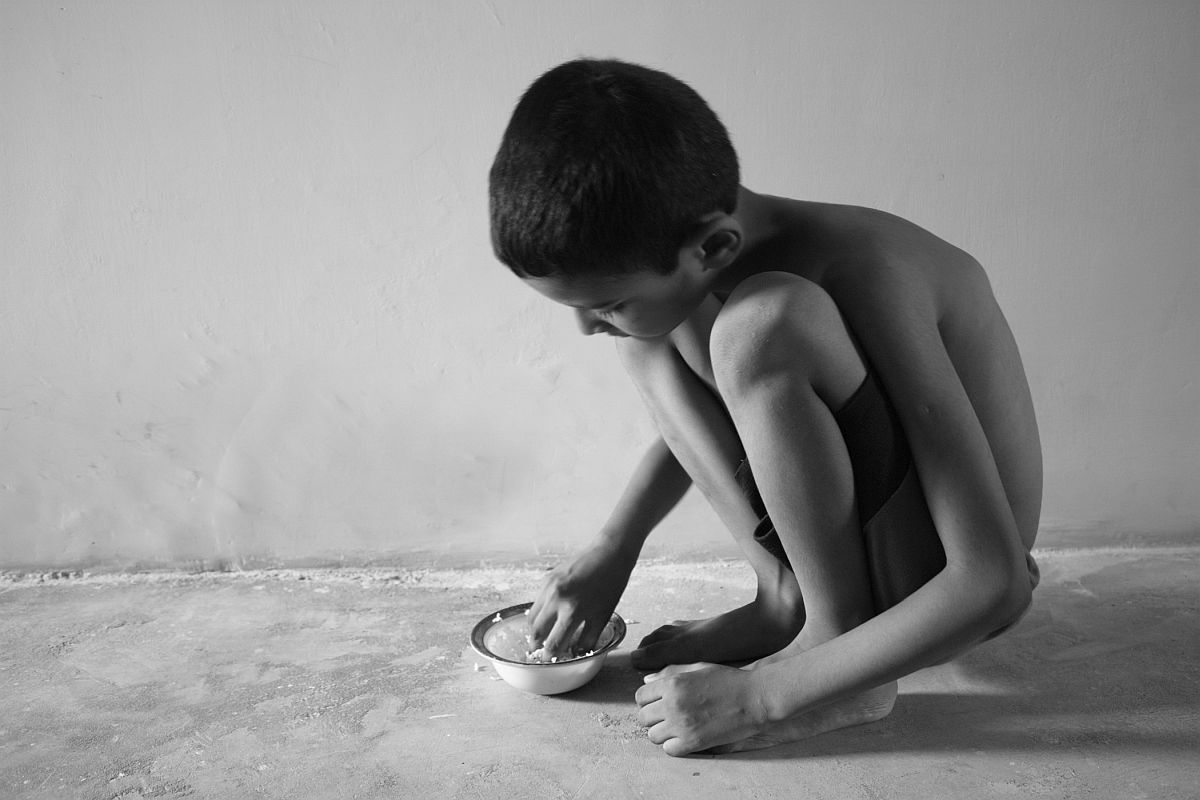No less alarming, even frightful, than the denial of rights to women, has been the UN’s projection that as many as 1.1 million children in Afghanistan under the age of five are likely to suffer severe malnutrition this year. This is far closer to the bone than the ideological moorings of the Taliban dispensation. Hospitals have admitted an increasing number of hungry and what they call “wasting away children”. Though UN agencies have staved off an “outright famine”, a massive emergency aid programme has been initiated to feed hundreds of thousands. Yet conditions are worsening; poverty is spiralling, food prices are ballooning and promises of international funding are not coming through, going to this month’s assessment report. The vulnerable segments comprise children and mothers who are struggling to feed their families and also, of course, themselves.
A woman has lost four young children to malnutrition ~ two daughters and two sons. According to UNICEF, 1.1 million children this year are expected to suffer from acute malnutrition, up from one million last year. Severe wasting is the most lethal type of malnutrition, indeed the child’s immune system is compromised. They eventually become so weak that they can’t absorb nutrition. The number of children admitted to health facilities with “severe, acute malnutrition” had mounted from 16,000 in March 2020 to 18,000 in March 2021.
Advertisement
Hit by one of its worst droughts in decades and plagued by years of war, Afghanistan was facing a “hunger emergency” when the Taliban took over last August. The crisis was exacerbated at this juncture. Several development agencies pulled out and international sanctions cut off billions in finances for the government. In the net, the economy collapsed. Millions were plunged into poverty, struggling to afford food for their families. By the end of last year, half the population of around 38 million lived below the poverty line, according to the UN. As the economy continues to stutter and prices mount, the calibration could rise to as high as 97 per cent of the population by mid-2022, according to the UN Development Programme.
Poverty impedes the nutritional intake of mothers during pregnancy. According to doctors, they are unable to eat properly after birth. At the Mirwais Hospital in Kandahar province, 1,100 children with malnutrition were admitted over the past six months, of whom 30 have perished. By any reckon- ing, the efforts of the comity of nations ought now to be riveted to feeding the hapless children of Afghanistan and their mothers. Many if not most have been driven to absolute penury and only a concerted international effort can offer a scintilla of hope. Close to a year after the Taliban takeover, tackling hunger in Afghanistan is now a major challenge to the world.











